
Aug 23 , 2025. By Kidist Yidnekachew ( Kidist Yidnekachew is interested in art, human nature and behaviour. She has studied psychology, journalism and communications and can be reached at (kaymina21@gmail.com) )
As I walked through the market in search of a school bag for my children, I noticed something striking: almost every bag, lunchbox, and t-shirt displayed images of Spider-Man, Iron Man, or other Hollywood superheroes. These figures have become global icons, present in every corner of daily life, from children's books to birthday cakes. Yet not one bag reflected our heritage; no designs inspired by Tilet embroidery, no patterns rooted in African tradition.
This moment led me to wonder who decides which stories achieve global recognition. Africa's history is vast and diverse, yet so underrepresented in mainstream narratives. From the origins of comic books, African characters were either absent or reduced to racist stereotypes: primitive, voiceless, or one-dimensional sidekicks. Such portrayals created a media landscape where generations of African children consumed stories that inspired them but never reflected their own identities.
The consequences of this absence are profound. Growing up without heroes who look like them or embody their culture creates a subtle void in children's sense of self-worth. The message, however unintentional, is that African stories do not belong on the global stage. This exclusion diminishes pride in heritage and undermines cultural confidence. Representation is not cosmetic; it is a vital affirmation of belonging.
There are, however, encouraging signs of change. From within Africa and across the diaspora, a new wave of authentic storytelling is taking shape. Marvel's Black Panther proved that African-inspired narratives resonate globally when told with creativity and respect. The fictional world of Wakanda sparked global conversations about Afrofuturism, cultural pride, and the transformative power of representation.
On a local scale, Ethiopian comic companies are beginning to fill the void. Etan Comics has introduced characters like Jember, often referred to as Ethiopia's first superhero, and Hawi, a female hero whose story draws inspiration from the Axumite Empire. Its Pan-African sci-fi series, ZUFAN, recounts the Italian invasion of Ethiopia in the nineteenth century. These stories demonstrate that African traditions can inspire modern and compelling narratives.
The characters themselves embody relatable struggles, but in distinctly Ethiopian contexts. Jember, for example, is Amanuel Tilahun, a jobless graduate in Addis Abeba who gains extraordinary powers and must decide between personal gain and serving a society that disregarded him. Hawi follows Ement Legesse, an Ethiopian-American, as she reconnects with her roots through a quest linked to Queen Yodit Gudit. These stories, already translated into multiple languages, reveal that local culture, when told authentically, carries universal appeal.
Etan Comics has earned international attention from outlets such as the BBC and OkayAfrica. Yet this recognition often remains confined to brief features rather than becoming a sustained cultural presence. Spider-Man, by contrast, is woven into daily life, from lunchboxes to toy shops. For African heroes to achieve the same impact, they must move beyond occasional headlines into the everyday imagination of children.
Cultural representation is also advancing through technology. The ETN Ecosystem, an Ethiopian DeFi and blockchain platform, has created NFT collections featuring regional Ethiopian characters as guardians of both culture and digital assets. These tokens represent more than art; they embed cultural identity within the foundations of a growing financial industry. In this way, cultural storytelling merges with innovation, demonstrating how tradition and technology can complement and strengthen each other.
These are powerful beginnings, but the work must extend further. Representation should start with children's earliest experiences, woven into the objects and stories they love most. The goal is not division, but pride —an affirmation that African children, too, can be heroes. A national or continental superhero could embody the strength, resilience, and diversity of Africa, serving as a symbol for future generations to come.
Imagine a hero whose powers are drawn from shared myths, whose costume reflects African patterns, and whose adventures teach values rooted in our history. Such a figure would inspire young people to see themselves in heroic roles and challenge the world to rethink what a hero can be. Building this presence will require writers, artists, educators, and innovators to collaborate in creating heroes who embody our culture. In doing so, Africa's stories can claim the space they deserve on the global stage.
The question that began in a market stall thus becomes much larger: who shapes the heroes our children grow up with, and what do those heroes teach them? By creating and celebrating our characters, we answer that question ourselves. We show that our history, patterns, and myths are not only worthy of pride but powerful enough to inspire the world. The future of African storytelling lies in making our heroes impossible to ignore.
PUBLISHED ON
Aug 23,2025 [ VOL
26 , NO
1321]
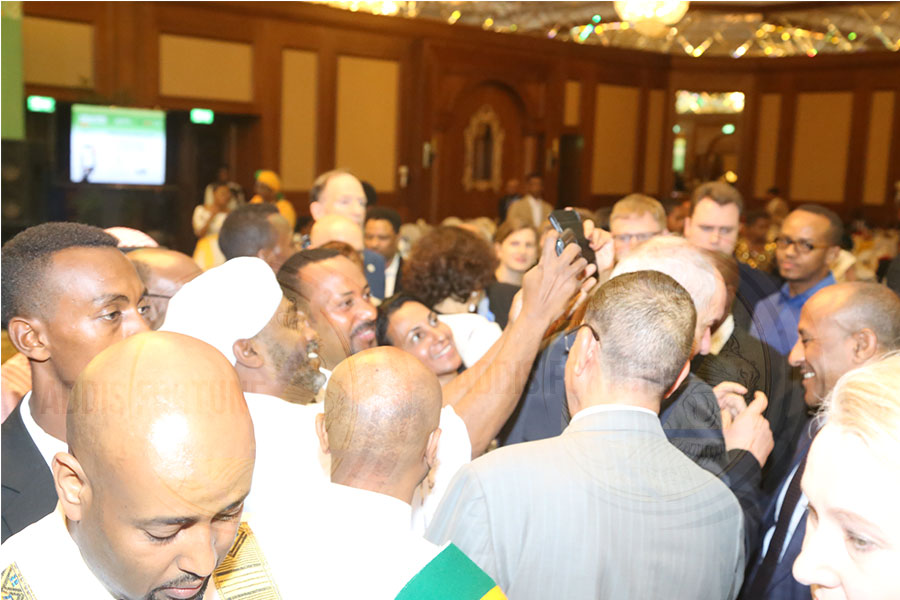
Photo Gallery | 138529 Views | May 06,2019
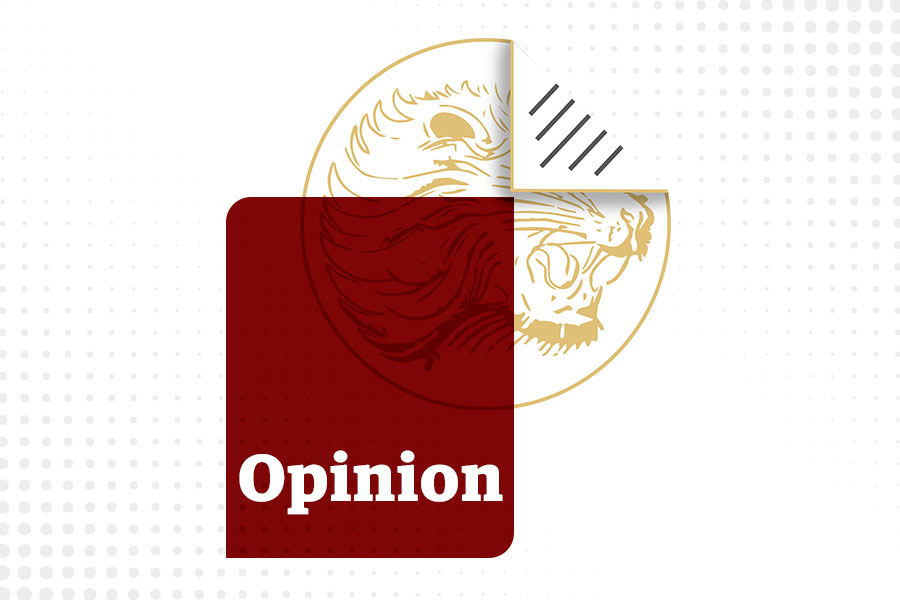
My Opinion | 133992 Views | Aug 14,2021

My Opinion | 130549 Views | Aug 21,2021

Photo Gallery | 128794 Views | Apr 26,2019
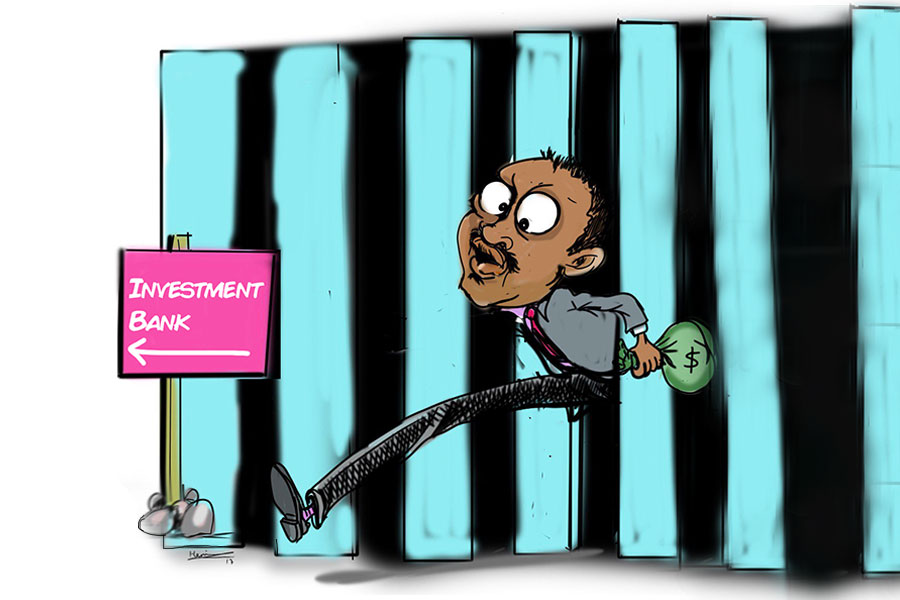
Aug 23 , 2025
Banks have a new obsession. After decades chasing deposits and, more recently, digita...
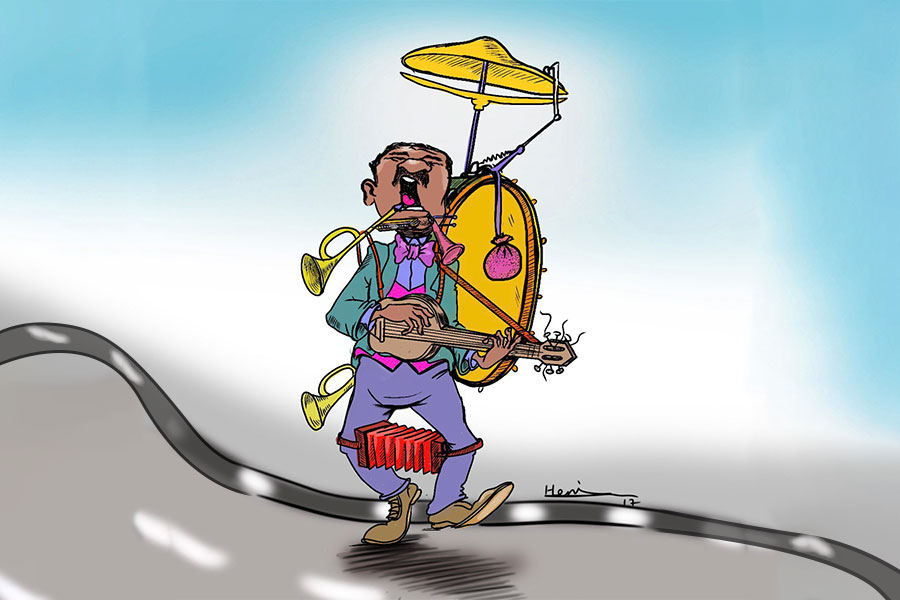
Aug 16 , 2025
A decade ago, a case in the United States (US) jolted Wall Street. An ambulance opera...
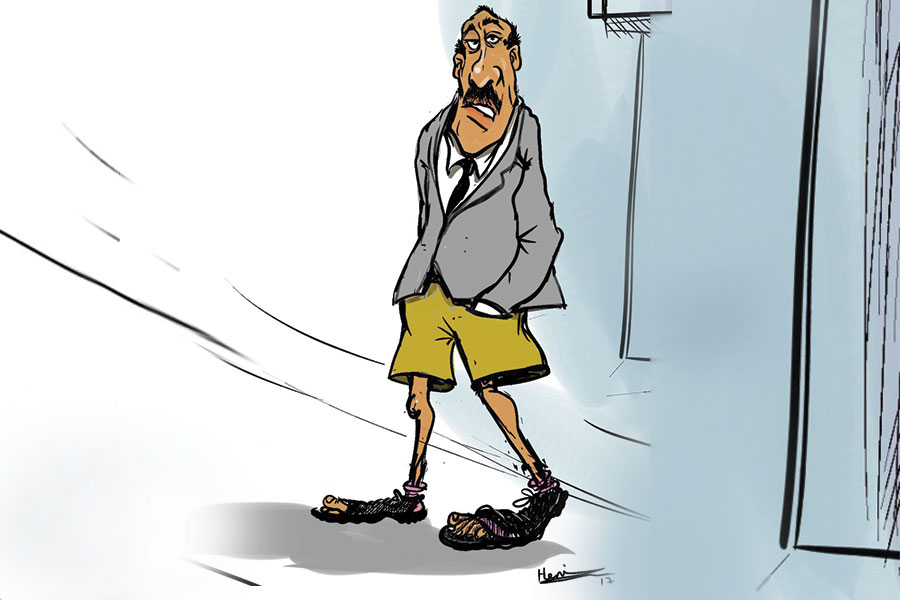
Aug 9 , 2025
In the 14th Century, the Egyptian scholar Ibn Khaldun drew a neat curve in the sand....
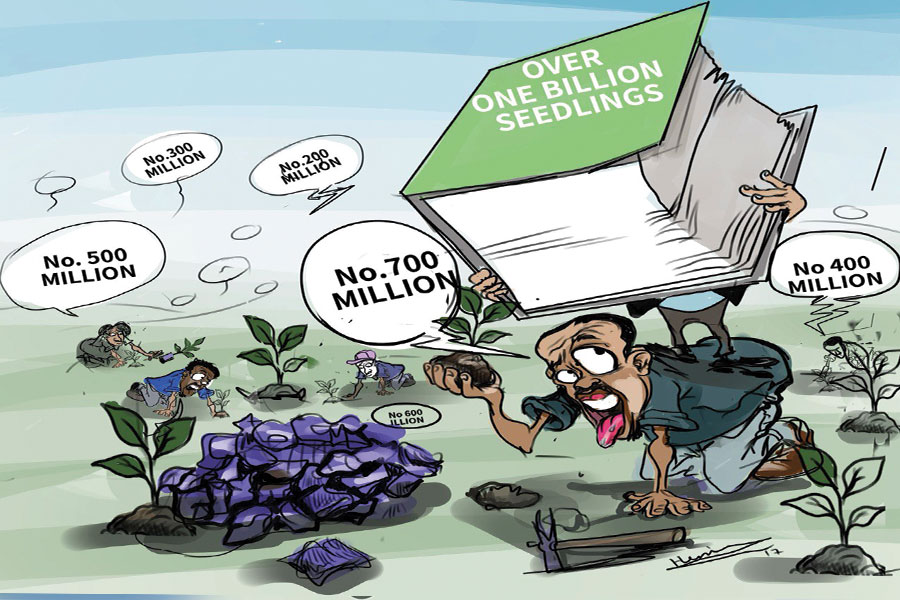
Aug 2 , 2025
At daybreak on Thursday last week, July 31, 2025, hundreds of thousands of Ethiop...